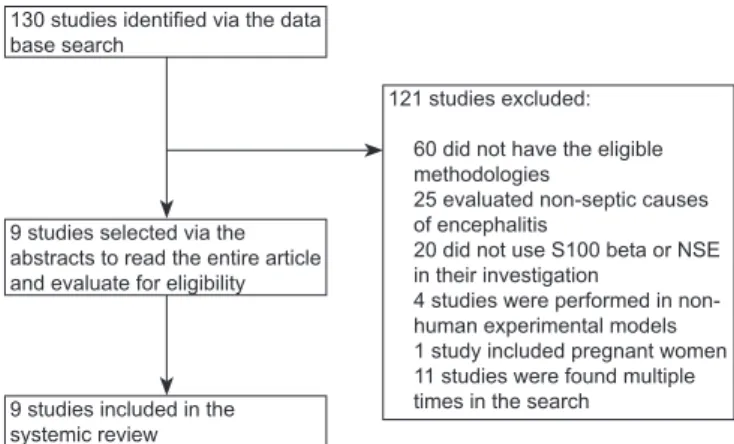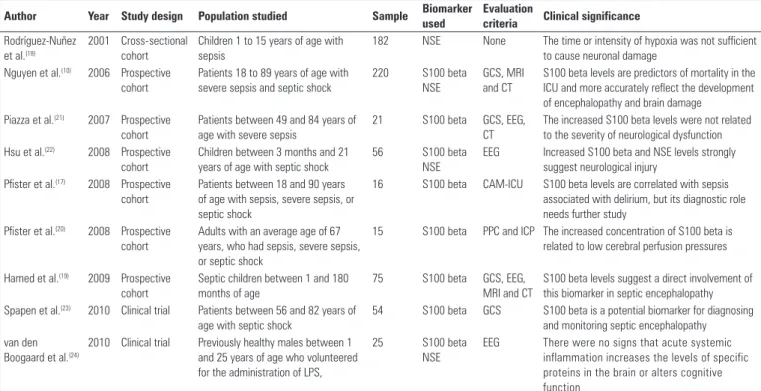Rev. bras. ter. intensiva vol.25 número1
Texto
Imagem


Documentos relacionados
he initial resuscitation of patients with severe sepsis and septic shock using 30 mL/kg 0.9% saline solution is associated with worsened metabolic acidosis, as assessed with SBE..
Temporal changes in management and outcome of septic shock in patients with malignancies in the intensive care unit.. Crit
Methods: Serum sRAGE values in patients who were divided into intensive care unit control, severe sepsis, septic shock and recovery from septic shock groups were
Early microcirculatory perfusion derangements in patients with severe sepsis and septic shock: relationship to hemodynamics, oxygen transport, and survival.. Ann Emerg
he aim of this study was to evaluate cardiac function using echocardiography in patients admitted to an intensive care unit (ICU) with severe sepsis and septic shock. Our
Conclusions : In this first study using these specific brain damage markers in cocaine users, serum levels of S100B and neuron specific enolase were not statistically different
Conclusion: Our study demonstrated elevated initial PCT levels as an early independent predictor to progress into septic shock in patients with sepsis associated with ureteral
CONCLUSIONS: Although evolutive standard base excess and serum lactate level are still outcome markers in severe sepsis and septic shock patients resuscitated with early